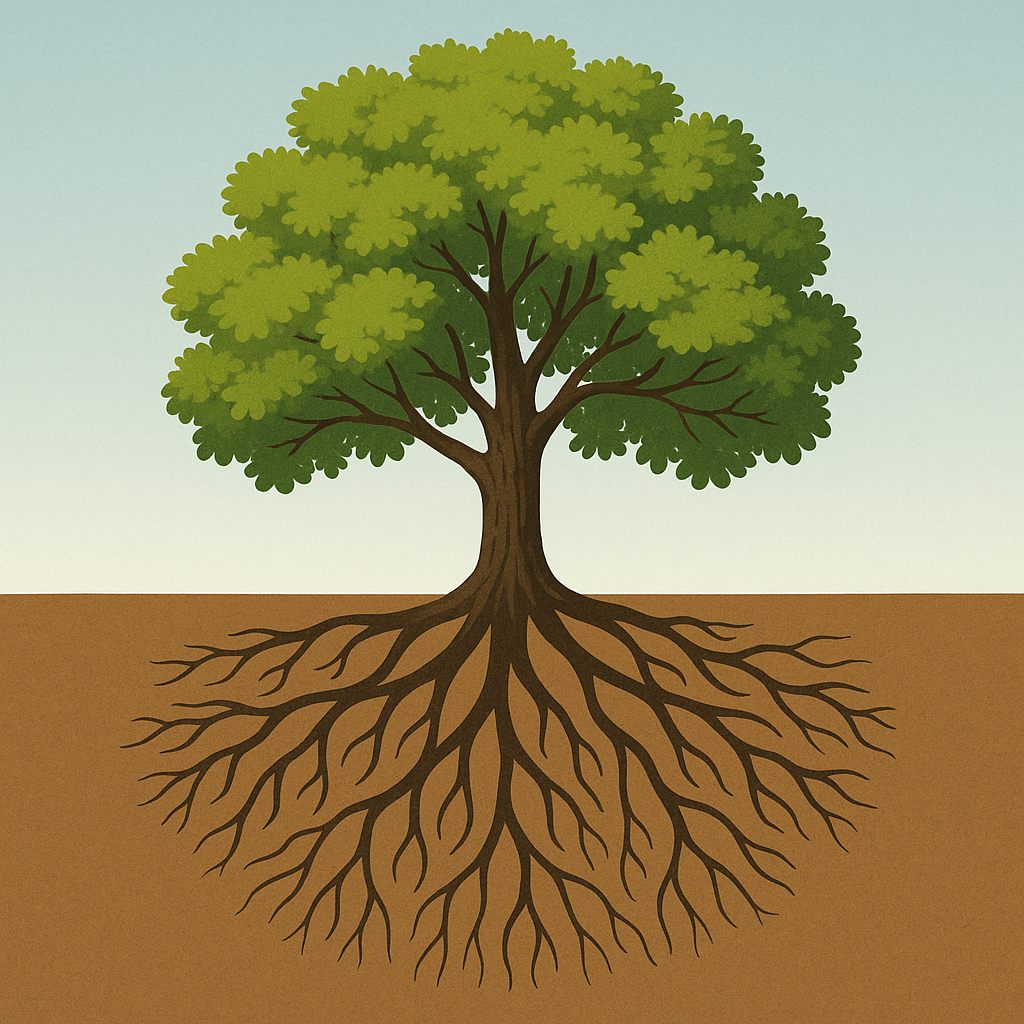
The Cost of Doing Digital: Why Libraries Need Your Long-Term Investment
Libraries have been digitizing collections for decades, and during the pandemic, the need for digital access became undeniable. Digitization expands access for students and researchers, increases global visibility, strengthens donor relations, and demonstrates the unique value of a university’s collections. Now, many libraries are also collecting born-digital information that has never existed in an analog form.
The truth is: digital is not a one-time project. It is a permanent commitment.
Unlike physical collections, where “benign neglect” can sometimes work, digital collections require ongoing care and infrastructure. Without sustained funding, decades of investment in digitization risk being lost.
The Long Tail of Digital Costs
Think of digitization and digital collecting as planting a tree: the initial planting is only the beginning. Watering, pruning, and care never stop if you want the tree to thrive. Digital collections are the same. Key costs include:
- Storage – Files accumulate endlessly. Storage costs rise monthly, and multiple secure copies may be required.
- Access Repositories – To make collections usable, content must be published in digital platforms—whether in-house or licensed—that need constant updates.
- Metadata – Rich description is essential for discovery. Metadata is time-consuming to create and must be maintained over time.
- Preservation – The most significant cost. Digital files can’t simply sit untouched; they need ongoing integrity checks, format migrations, and infrastructure support to stay usable.
Every new digital project adds to this long tail.
Why This Matters for Administrators
If we underfund digital stewardship, we risk:
- Losing decades of digitization work and donor investments.
- Making collections unusable for future scholars.
- Damaging the university’s reputation for research leadership.
The Call to Action
Digital libraries are an essential infrastructure for a modern research university. But they must be resourced accordingly. Academic leaders should:
- Plan for ongoing, not one-time, costs when approving digitization projects.
- Recognize digital stewardship as core infrastructure, not an optional add-on.
- Budget for long-term storage, preservation, and access as part of the cost of doing digital.
The benefits are immense—greater access, global impact, and public engagement. But they only endure if we acknowledge and fund the real, long-term cost of doing digital.